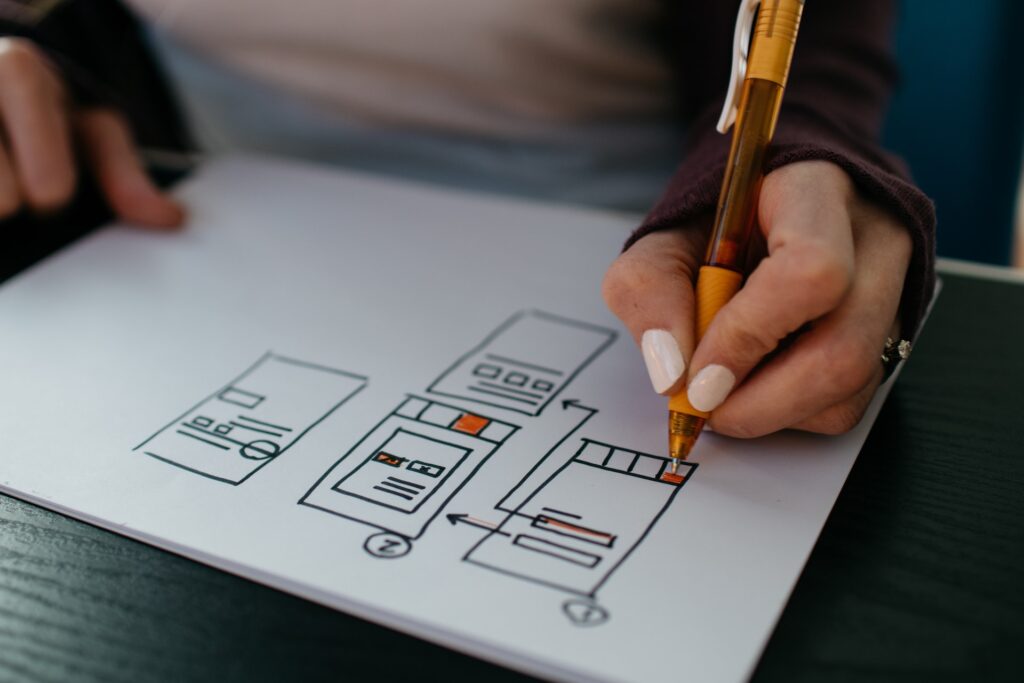All Sites Are Not Created Equal: Choosing the Right Website Type
In the early stages of a new company or brand launch, a website presence and website type is the first stop to gain exposure and begin market disruption. Many think that a website is a one size fits all approach, and if not guided correctly, ends up with an informational site that ends up having to be redesigned as soon as the company receives any traction.
In fact, deciding what type of website to implement is heavily dependent on what the needs of the company are and what the website needs to do for the organization it represents. Informational websites still have a place for many businesses, apps and sub-brands – however, it can be a costly endeavor once the organization realizes their needs have outgrown or aren’t served by the static site.
Understanding the website type that are available can assist in narrowing focus and seeing what options are available. Once a type is selected, working with a team to scale is critical to a successful launch, timely and relevant site.
Static Web Design
This type of design is delivered to the user exactly as it is stored, displaying the same information for any viewer. They are often HTML documents stored as files and made available by the web server. This website type is ideal for websites that do not need to be updated frequently (or even at all) – since maintaining many static pages can be time-consuming and perhaps even impractical, any static site will often remain simple and contain few pages. Static sites are relatively quick and inexpensive to develop and have a low cost of hosting. This website type does requires web development expertise to update the website, the simplicity makes it not as useful for the viewers, and content can stagnate.

Dynamic Web Design
Websites that are constructed and controlled by an application server. In the scripting and coding, every new web page is set up and predetermined. Interestingly, the content of this type of website is always updating by itself based on the content of the database that drives it. Many larger websites focus on this design, coupled with CMS. Restructuring tends to be easier (ensuring longevity), website contributors only need basic skills (no need to be an expert to make modifications). Downsides include complexity in setup and may be more expensive for smaller companies (investment may not be seen as justifiable).
CMS (Content Management System) Website
These pages allow for publishing, editing, and modifying content (as well as organizing, deleting, and general maintenance). CMS sites are ideal for blogs, news sites, and retail companies! This form of design has two basic elements: CMA (content management application), which is the user interface that allows even beginners to modify content without intervention from an expert; the second, CDA (content delivery application) compiles that information that the user inputed and updates the site – basically, making the process smooth and intuitive. CMS sites feature greater security, SEO-friendly, dynamic content and easily integrate-able with social media, as well as giving users the control. Hosting can be costly and some systems need constant server maintenance and must be upgraded consistently with any software changes.
Ecommerce Web Design
For many, this route is a must, and hands-down the best option for businesses who run their stores online. Typical characteristics include online payment accessibility for products and services, with integration for Paypal or other options. These types of sites are usually dynamic and driven through databases. E-commerce sites can feature low operational costs (minimum overhead), convenient for customers (which will then contribute to an expanded customer base), and minimal barriers to entry for any new companies. Barriers include inability to experience products before purchase and constant updating and site maintenance to ensure that the UX (user experience) remains at it’s highest level.
Revolutionizing UX Design with the Binary Approach to Project Management
Embracing a clear approach to task completion—where tasks are strictly marked as 'done' or 'not done'—can significantly enhance the efficiency, clarity, and accountability of UX projects. This project management method offers a straightforward…
Human-Centered Design: The Heart of Creating Impactful Digital and Physical Experiences
Whether it be digital, physical, or conceptual, one philosophy consistently emerges as the cornerstone of impactful and effective creation: Human-Centered Design (HCD). At its core, Human-centered design isn’t just a methodology; it’s a…
The Conundrum of Empathy in UX Design: A Driving Force or an Unrealistic Ideal?
Empathy is often touted as the backbone of user experience (UX) design, a tool to perceive and feel what end users might experience. However, the practicality and efficacy of empathy in UX design is a subject of intense debate. While empathy can be…



